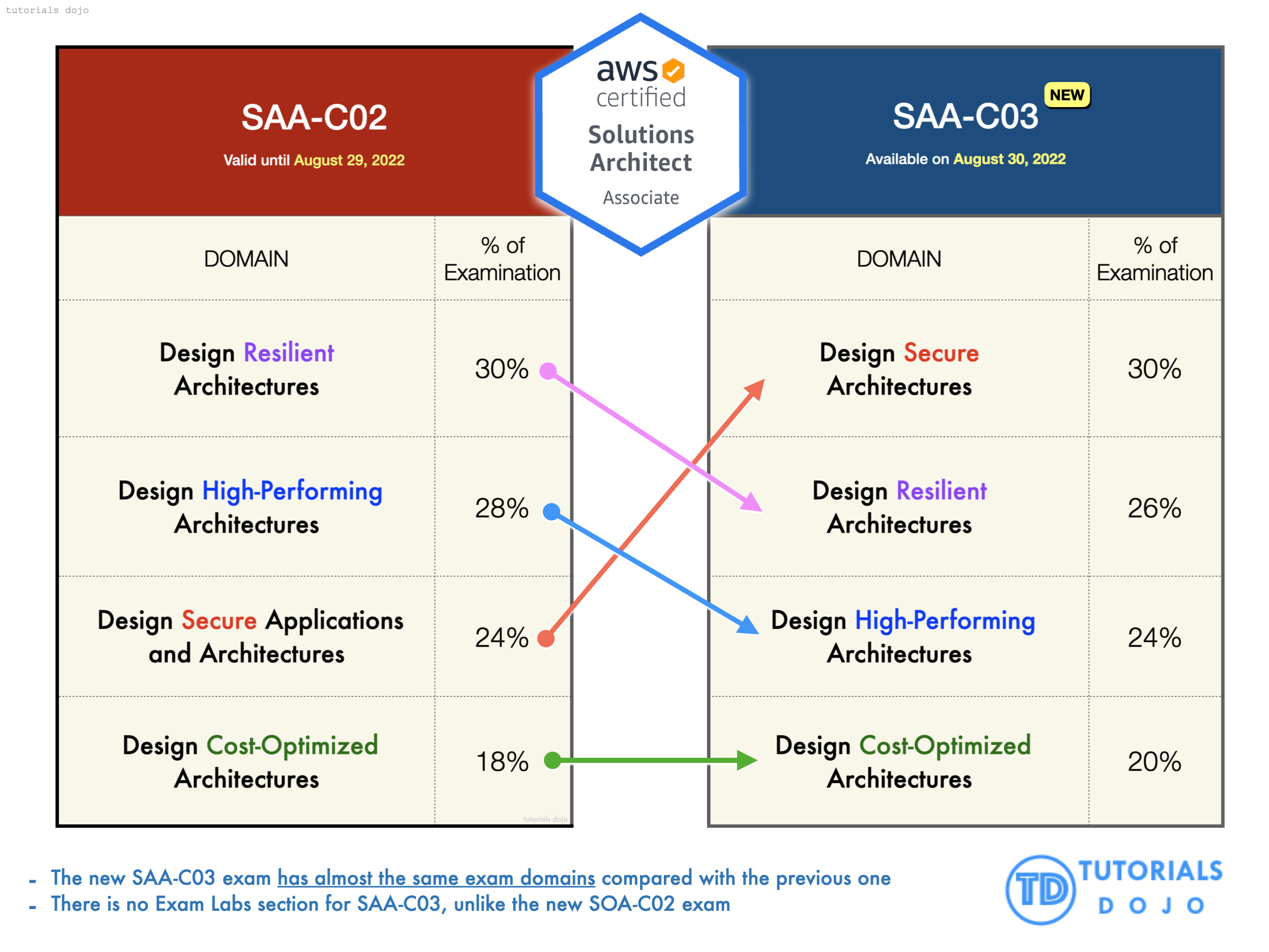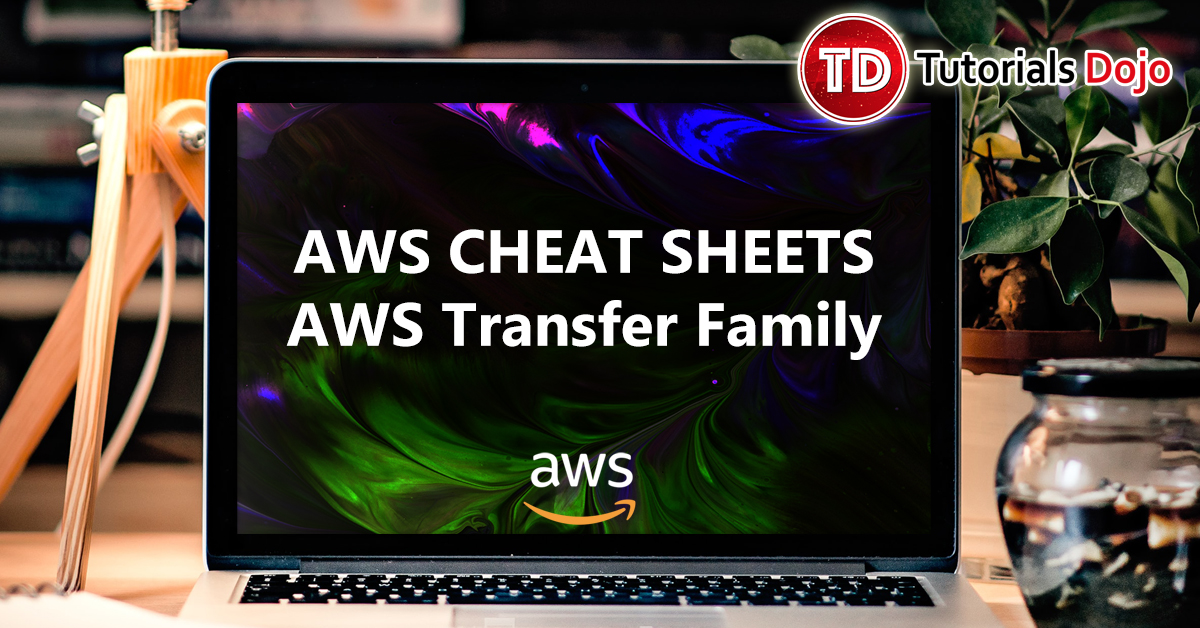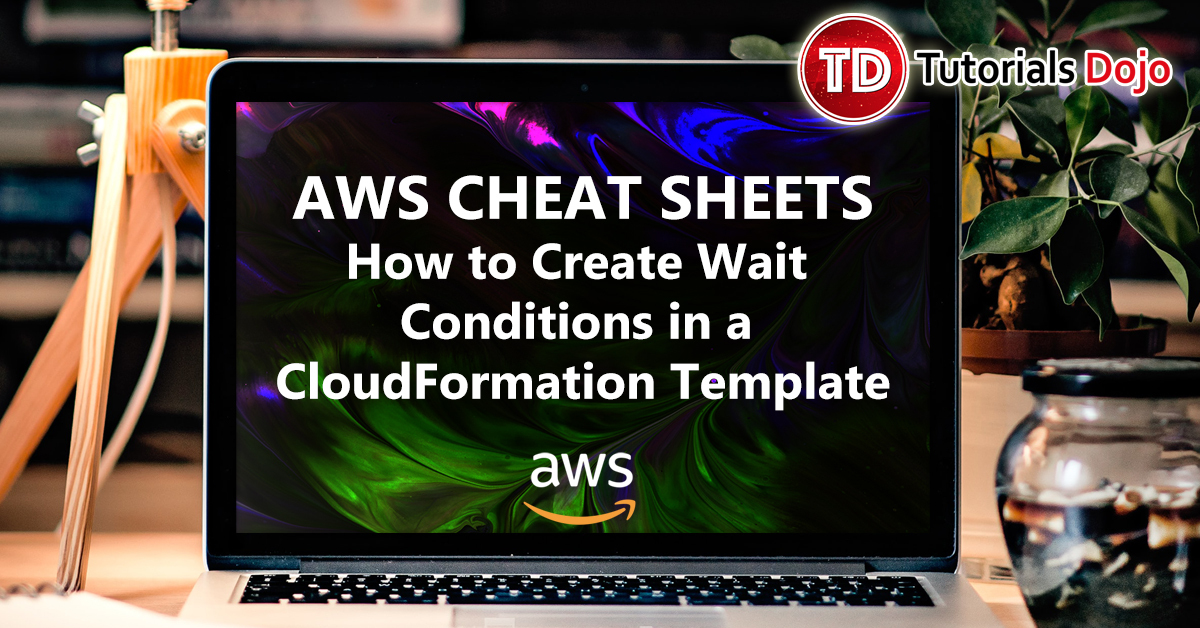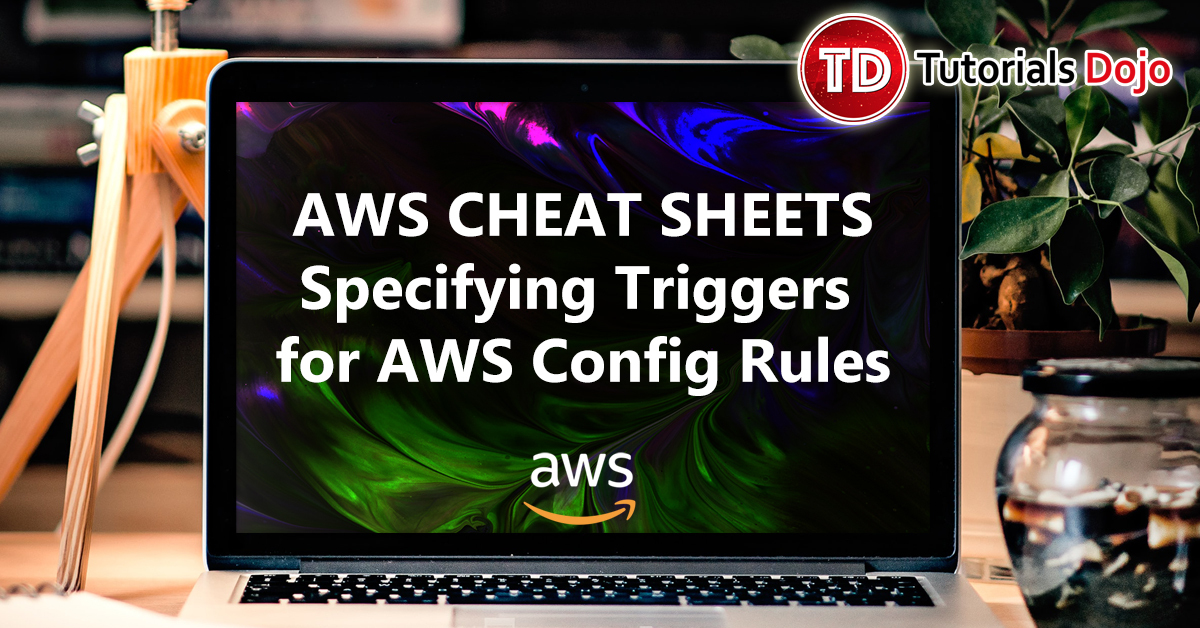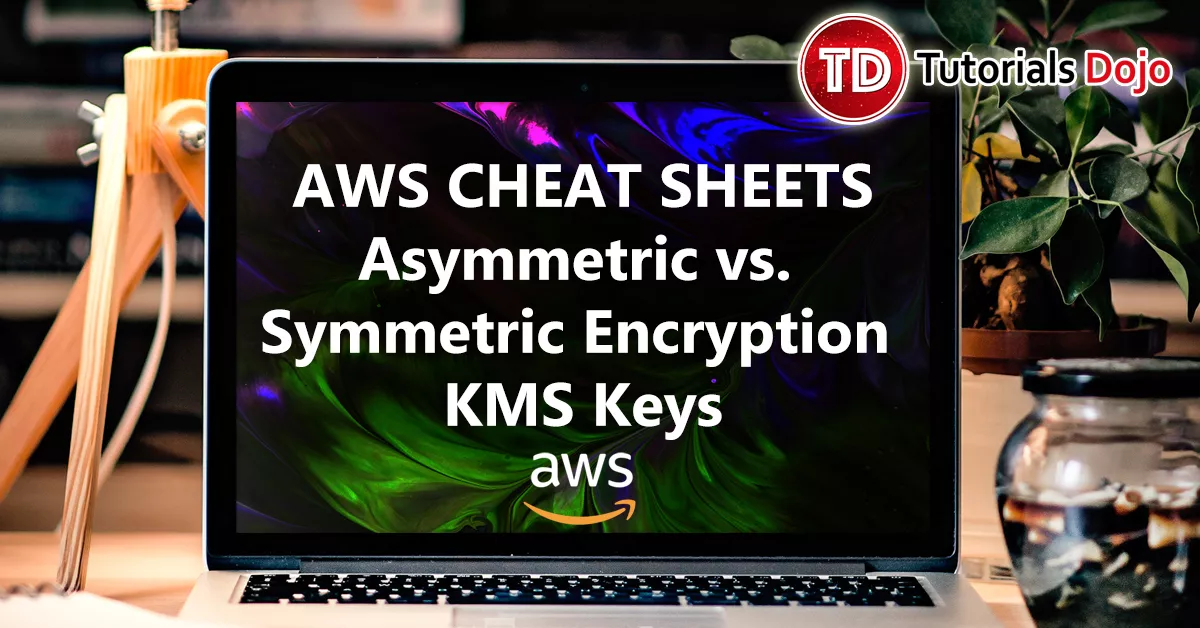What’s New with the SAA-C03 AWS Certified Solutions Architect Associate exam this 2022?
Jon Bonso2023-06-13T01:04:43+00:00The AWS Training and Certification team recently announced that there’s yet another version release of its popular AWS Certified Solutions Architect Associate exam will be released this August 30, 2022. Its new exam version would be SAA-C03. Take note that the current version (SAA-C02) will only be available on August 29, 2022 so you still have time to recertify. The new SAA-C03 will be focused on Security, as shown on its official exam guide.' History of the AWS Certified Solutions Architect Associate Exam (SAA-C03) Let’s take a look at the brief history first of the AWS Certified Solutions Architect exam. It all began [...]

